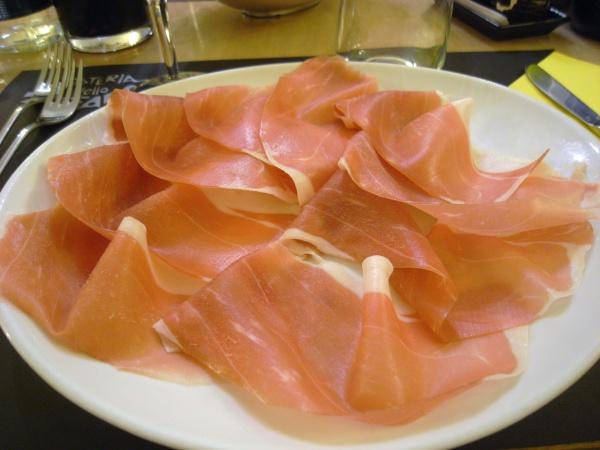Facts About Prosciutto
Prosciutto is a beloved Italian dry-cured ham that is typically sliced thin and enjoyed uncooked, known as prosciutto crudo. This differentiates it from its cooked counterpart, prosciutto cotto. The most famous types are Prosciutto di Parma from Emilia-Romagna and Prosciutto di San Daniele from Friuli Venezia Giulia. Unlike smoked hams such as Italian Speck, prosciutto is not smoked. The term "prosciutto" is broad and can refer to various dry-cured hams from around the world.
The name "prosciutto" derives from the Latin word meaning "to suck out" which alludes to the drying process. Making prosciutto involves curing the pig's hind leg or thigh for up to two years. The process includes cleaning, salting, pressing, washing, and then hanging the ham in a controlled environment to dry. While some prosciutto may be cured with nitrites for color and flavor, hams with Protected Designation of Origin (PDO) status use only sea salt.
In Italian cuisine, prosciutto shines as an antipasto, often wrapped around grissini (breadsticks), paired with melon or figs, or served with spring vegetables. It also finds its way into pasta sauces, stuffings, sandwiches, and even as a pizza topping. PDO hams like Prosciutto di Parma and Prosciutto di San Daniele each boast unique flavors and production techniques.
Similar products, such as Culatello and Strolghino, come from different parts of the hind leg and are used in various dishes. In the eastern Adriatic region, prosciutto is known as pršut in countries like Montenegro, Bosnia and Herzegovina, Slovenia, Serbia, and Croatia. Variants such as Kraški pršut and Dalmatinski pršut even have Protected Geographical Indication (PGI) status within the EU, ensuring their quality and regional authenticity.

 Italy
Italy